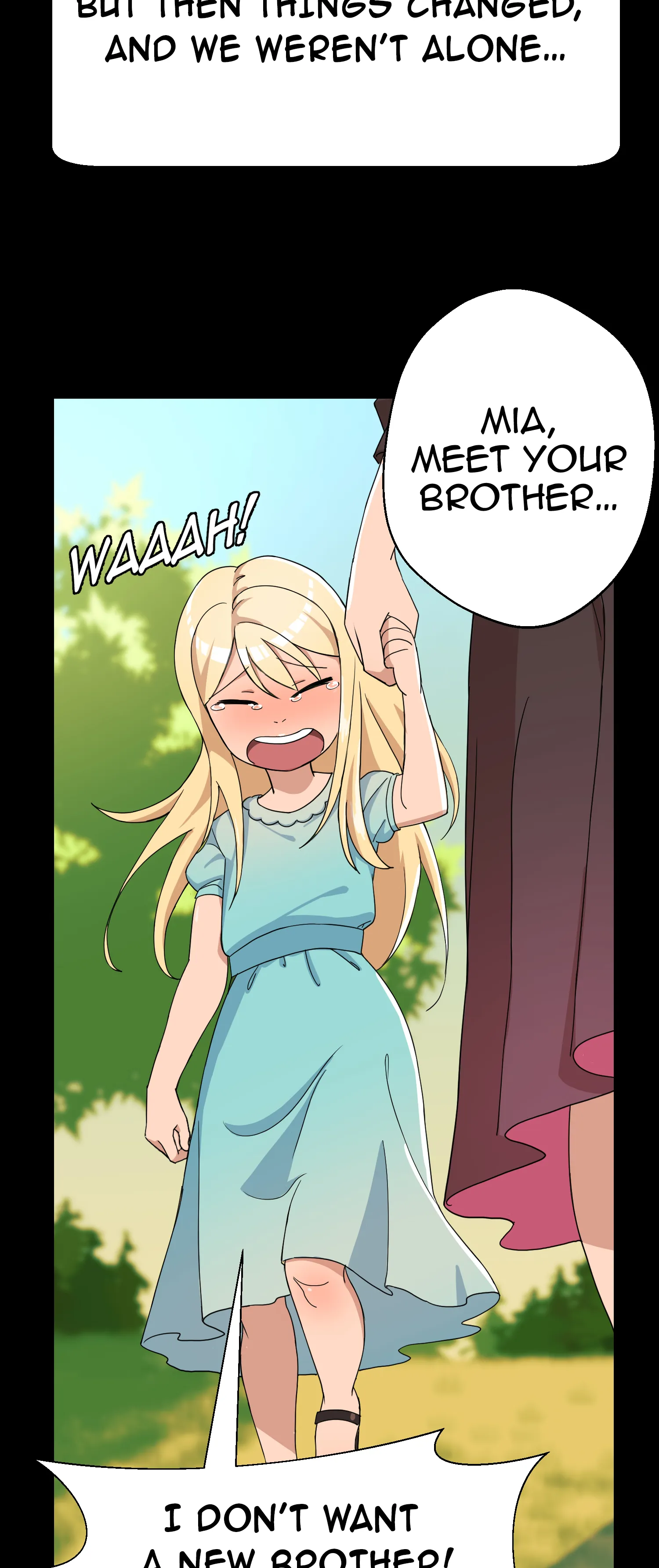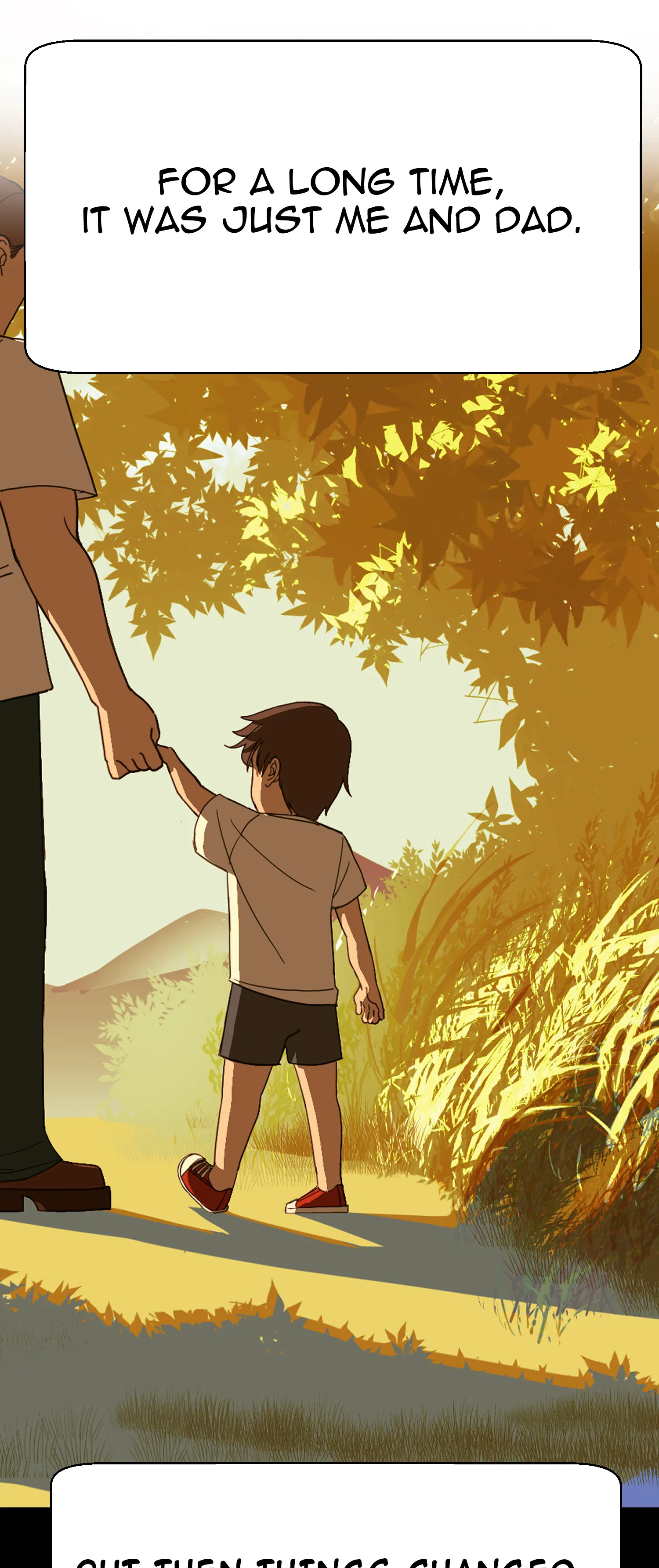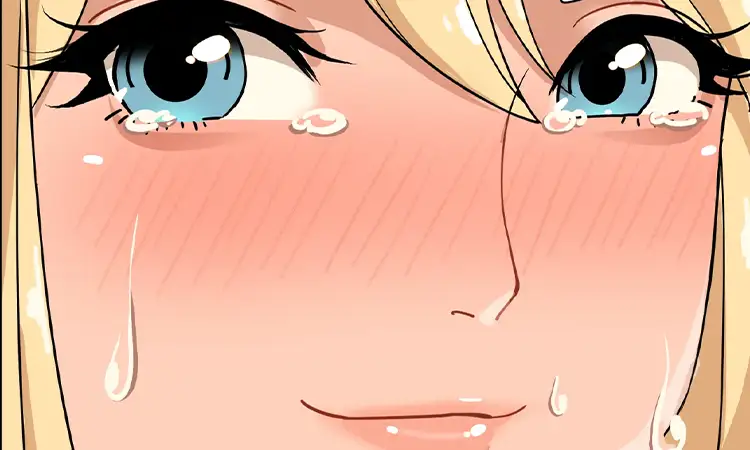Teach Me First Webcomic: Your Friendly Guide To Getting Started Today
Have you ever found yourself scrolling through pages of captivating stories, vibrant artwork, and truly unique characters, all presented online? It's almost like stepping into a whole new world, isn't it? These digital comic strips, or webcomics as we call them, have captured the hearts of so many people, offering a fresh take on storytelling that feels really personal and direct.
Maybe you've thought about creating something like that yourself, perhaps even just a little. The idea of sharing your own tales, your own drawings, with others on the internet can feel exciting, but also, you know, a bit overwhelming. Where do you even begin when you want to learn how to make your very first webcomic? It's a big question, and honestly, a lot of people ask it.
Well, you're in a good spot because we're here to help you get going. This guide will gently instruct you, step by step, on how to approach making your very own webcomic. We'll talk about what you need, how to plan things out, and even some ways to get your work seen, all so you can actually start creating something wonderful today.
Table of Contents
- What Exactly is a Webcomic?
- Why Create Your Own Webcomic?
- Getting Started: The Essentials for Your First Webcomic
- Crafting Your Story and Art
- Bringing Your Webcomic to Life: Publishing It
- Sharing Your Webcomic with the World
- Tips for Keeping Your Webcomic Going
- Frequently Asked Questions About Starting Webcomics
- Your Next Steps in Webcomic Creation
What Exactly is a Webcomic?
A webcomic is, quite simply, a comic strip or graphic novel published on the internet. Unlike traditional comics that you might buy in a store, these are usually free to read and often come out in regular updates. They cover all sorts of topics, from daily life observations to grand fantasy adventures, so you'll find a wide variety.
The Appeal of Digital Stories
What makes them so appealing, you ask? Well, for one, they're incredibly accessible. You can read them on your phone, tablet, or computer, anywhere you have an internet connection. Also, creators often have a lot more freedom with webcomics, so they can experiment with different styles and storytelling methods without as many restrictions, which is rather cool.
Why Create Your Own Webcomic?
The reasons for making a webcomic are as varied as the people who make them. For many, it's a chance to tell stories they can't find anywhere else. It's a way to express thoughts, feelings, and ideas in a very visual and engaging format, which is something quite special.
A Space for Your Voice
If you have a unique perspective or a story burning inside you, a webcomic offers a direct way to share it. It's like having your own little stage where you can perform your ideas for anyone who wants to watch. You get to be both the writer and the artist, shaping every part of your creation, so it's a complete personal project.
Connecting with Others
Another big draw is the community. Webcomic creators and readers often form strong bonds. You can get feedback, share laughs, and feel a sense of belonging with people who appreciate your work, which is honestly a great feeling. It’s a bit like joining a club where everyone loves what you love, you know?
Getting Started: The Essentials for Your First Webcomic
When you decide to teach yourself how to make your first webcomic, it helps to know what basic things you'll need. Don't worry, you don't need a fancy studio or expensive gear to begin; a lot of creators start with very simple setups, and that's perfectly fine.
Basic Tools You Might Need
For the art, you could use traditional materials like paper, pencils, and pens, then scan your drawings into a computer. Or, you might prefer digital tools such as a drawing tablet and software like Clip Studio Paint, Photoshop, or even free options like Krita. For the writing part, just a simple notebook or a word processor on your computer will do the trick, so it's rather accessible.
Finding Your Big Idea
Every webcomic starts with an idea. What do you want to talk about? What kind of stories do you enjoy? Think about things that genuinely interest you, things you have a passion for. It could be about your daily life, a funny observation, or a grand adventure you've imagined. The best ideas often come from what you know and care about, so try to draw from that.
Sometimes, just writing down random thoughts or doodling in a sketchbook can help spark that initial concept. Don't feel like your first idea has to be perfect, either; it's just a starting point. It's like, you know, the first ingredient in a recipe.
Crafting Your Story and Art
Once you have a general idea, the next step is to shape it into something readers can enjoy. This involves both the narrative, what happens in your comic, and the visual presentation, how it looks. It's a bit like putting together a puzzle, actually.
Planning Your Narrative
Before you draw a single panel, it's a good idea to outline your story. What's the main point you want to get across? Who are your characters? What challenges will they face? Even for a short, single-panel comic, having a clear idea of the punchline or message helps a lot. For longer stories, think about a basic plot arc, which is usually a good thing to do.
You don't need a super detailed script, but a general roadmap will guide you. This process is similar to how a teacher might instruct students on planning an essay; you need a structure. It helps to prevent getting lost halfway through, you know?
Developing Your Visual Style
Your art style is what makes your webcomic visually unique. Are you going for a cartoony look, something more realistic, or perhaps a minimalist approach? Experiment with different drawing techniques and see what feels natural to you. Don't compare yourself too much to others, though; your style will develop over time, and that's perfectly normal.
The important thing is to find a style you enjoy drawing and that you can maintain consistently. It's about finding what works for you, so just play around a bit.
Bringing Characters to Life
Characters are the heart of many webcomics. Give them distinct personalities, quirks, and appearances. Even if they're simple stick figures, their actions and dialogue can make them memorable. Think about what makes them tick, what they want, and what they fear. This depth, even if subtle, helps readers connect with them, which is a big part of it.
Consider how their expressions and body language will convey emotion. A good character can really carry a story, so pay attention to them.
Bringing Your Webcomic to Life: Publishing It
Once you've created a few panels or pages, the next step is to get your webcomic online. This might seem like the most technical part, but it's actually quite straightforward with today's tools, so it's not as scary as it sounds.
Choosing a Platform
There are many places where you can host your webcomic. Some popular options include Webtoon, Tapas, or even setting up your own website using platforms like WordPress. Each has its own advantages, like built-in audiences or more control over your site's appearance. Think about what features are most important to you, like your preferences, really.
A good starting point might be a platform that handles a lot of the technical stuff for you, so you can focus on creating. This is usually a smart move for beginners, actually.
The Technical Bits
Before uploading, you'll need to prepare your images. Make sure they're saved in a web-friendly format like JPEG or PNG and are appropriately sized. Most platforms will have guidelines for image dimensions and file sizes, so just check those. This ensures your comic loads quickly and looks good on different devices, which is pretty important.
It's a bit like preparing a lesson plan; you want everything to be clear and easy to understand for your audience, so it's all about presentation.
Sharing Your Webcomic with the World
Getting your webcomic online is just the first part; getting people to read it is the next. This involves a little bit of sharing and connecting with others, which can be a lot of fun, you know.
Finding Your Audience
Use social media platforms like Instagram, Twitter, or Tumblr to share snippets of your comic, behind-the-scenes looks, or even just updates on your progress. Hashtags can help people discover your work. Also, consider participating in webcomic communities and forums; they're great places to find readers who are already interested in the medium, so that's a good place to start.
Think about where your potential readers hang out online and try to reach them there. It's a bit of a detective job, sometimes.
Building a Community
Engage with your readers! Respond to comments, ask questions, and make them feel like a part of your journey. A strong community can be a huge motivator and can help your webcomic grow organically. People love feeling connected to the creators they admire, and that's a really powerful thing.
Remember, it's a two-way street; your readers are investing their time in your work, so show them some appreciation, too.
Tips for Keeping Your Webcomic Going
Starting a webcomic is one thing; keeping it going for the long haul is another. It requires dedication and a bit of planning, but it's definitely doable, so don't get discouraged.
Staying Consistent
Regular updates are key to keeping readers engaged. Decide on a schedule that you can realistically stick to, whether it's once a week, twice a month, or whatever works for you. It's better to have a consistent, achievable schedule than to burn out trying to do too much, which is a very important point.
Your readers will appreciate knowing when to expect new content. It's like, you know, a trusted friend who always shows up when they say they will.
Learning and Growing
Don't be afraid to experiment and try new things with your art or storytelling. Every comic you make is a chance to learn and improve. Look at other webcomics for inspiration, but always try to put your own spin on things. The journey of creation is one of continuous learning, and that's a beautiful part of it.
Seek feedback, but also learn to trust your own creative instincts. It's your story, after all, and that's what makes it special.
You can find more inspiration and learn from others' experiences by checking out popular webcomic platforms, like Webtoons, for example. They offer a vast collection of stories and a good look at what's out there.
Frequently Asked Questions About Starting Webcomics
What do you need to start a webcomic?
You really just need an idea, some basic drawing tools (digital or traditional), and a way to get your art onto a computer, like a scanner or a drawing tablet. A computer with internet access is also quite important for publishing, so those are the main things.
How long does it take to make a webcomic?
The time it takes varies a lot, honestly. A single panel comic might take an hour or two, while a multi-page chapter could take many hours or even days. It depends on your art style, the complexity of your story, and how quickly you work, so it's different for everyone.
Is it hard to make a webcomic?
It can be challenging, especially at first, but it's also incredibly rewarding. Like learning any new skill, it takes practice and patience. The most important thing is to just start and keep going, even when it feels a bit tough, you know? You'll get better with every comic you create.
Your Next Steps in Webcomic Creation
So, you've learned about the basics of how to teach yourself to make your first webcomic, from getting an idea to sharing it with others. The next step, really, is to just begin. Don't wait for everything to be perfect; just start creating. Your unique voice and stories are worth sharing, and there's a whole world of readers waiting to discover them.
Keep exploring, keep drawing, and keep writing. The webcomic community is a welcoming place, and you'll find plenty of support along the way. Learn more about webcomic creation on our site, and if you're looking for more detailed advice on specific techniques, you can always link to this page for extra help.

Honeytoon - "Teach Me First!", "Ep #1"

Honeytoon - "Teach Me First!", "Ep #1"

Teach Me First! – Comic Series & Episodes | HoneyToon